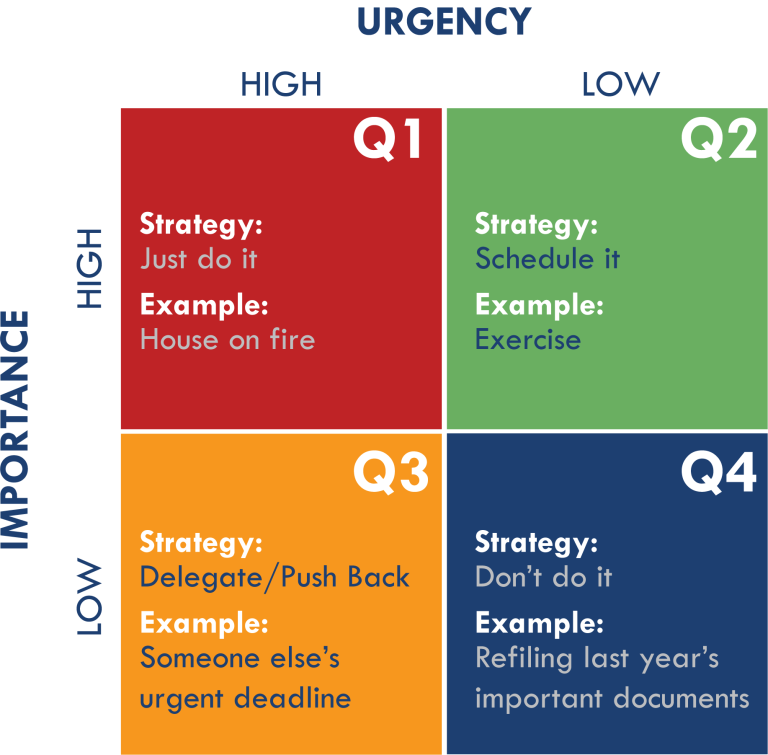Visualization for Turning Your Dreams into Reality
Imagine a world where you have the ability to shape your own reality. Where your aspirations take form before your eyes; and your goals manifest with magical precision. This world isn’t a distant fantasy—it’s the realm of visualization, a powerful technique that has been harnessed by countless individuals to achieve their dreams and transform their lives. You can also use “Visualization” for turning your dreams into a reality. In this article, we will learn about meaning of visualization, visualization type, how does it work, and steps for effective visualization. I will also share few success stories and the science behind visualization. And last but not the least, how to various visualization tools to use in your day to day life.
What is Visualization?
Visualization, often referred to as creative visualization or mental imagery, is the practice of using your imagination to create vivid mental images of your desires, goals, and aspirations. It’s about consciously picturing the life you want to lead, the achievements you want to attain, and the emotions you want to experience.
It is a practice of imagining what you want to achieve in the future. As if it were true today.
It involves using all five senses of sight, smell, touch, taste, and hearing. The process of visualizing directs your subconscious to be aware of the end goal you have in mind.
It reminds you on a consistent basis. And it trains your brain to respond as if that outcome were true in the present moment.

Types of Visualization
There are two types of visualization:
(1) Outcome visualization
envisioning the desired future end-point, and
(2) Process visualization
envisioning every step toward that desired outcome. With all the senses engaged.
When the two visualizations are used in tandem, they yield the best results.
How does Visualization Work?
At its core, visualization is based on the principle that your thoughts and emotions can influence your reality. When you consistently focus your thoughts and emotions on a specific outcome, you are directing your subconscious mind to work towards that goal. This process can stimulate the brain in ways that mimic actual experiences, fostering neural connections that prime you for success.
The Steps to Effective Visualization
Here is step by step guide for effective visualization:
Clarity and Specificity
Begin by identifying your goal. The more specific and detailed you can be, the more effective your visualization will be. Whether it’s a career achievement, a personal milestone, or improved health, clarity is key.
Relaxation
Find a quiet and relaxed environment where you feel safe and comfortable. Find a space where you won’t be disturbed. Take a few deep breaths to relax your body and mind. The more relaxed you are, the easier it is to visualize vividly.
Mental Imagery
Close your eyes and move your awareness inward. Start to visualize your goal as if it’s happening in the present moment. Imagine the sights, sounds, and even the sensations associated with your success.
Engage Your Senses
As you visualize, engage as many senses as possible. Feel the emotions you’d experience when your goal is achieved. This creates a more profound and immersive experience.
Consistency
Make visualization a regular practice. Dedicate a few minutes each day to visualize your goal. Repetition reinforces the neural pathways and strengthens your belief in the attainability of your goal.
Belief
Visualization is most effective when paired with genuine belief in your ability to achieve what you’re visualizing. Cultivate a positive mindset and foster self-confidence.
The Science Behind Visualization
Scientific research has shown that visualization can impact the brain in remarkable ways. Brain scans have revealed that when you vividly imagine an action, the same neural pathways are activated as when you physically perform that action. This suggests that the brain cannot distinguish between real experiences and well-constructed mental images.
Success Stories
Many successful individuals attribute their achievements to the power of visualization. Athletes visualize winning races, musicians visualize playing flawlessly, and entrepreneurs visualize business success.
In an interview with Oprah Winfrey, actor Jim Carrey shares how he practiced visualizing his success before his career took off.
Infact there is famous quote from Oprah herself “Anything you can imagine, you can create”, which express her belief in the power of affirmations and visualizations.
“It’s very strange, but all of my really great performances, I saw them happen before they happened,” Beyonce says in this video as she describes her path to success.
The late Muhammad Ali famously said, “I am the greatest. I said that even before I knew I was.” His belief and visualization of his success contributed to his legendary status. Muhammad Ali’s famous quote “If my mind can conceive it and my heart can believe it – then I can achieve it” clearly express his views on visualization.
Before becoming “Lady Gaga” and winning 13 Grammy awards and two Golden Globe awards, Stefani Joanne Angelina Germanotta used visualization techniques to manifest her career. In an early interview she says, “Well, fame for me is not external; it’s internal. I’ve been famous for a long time, and I certainly know that my destiny is to be a storyteller in the world.”
Incorporating Visualization into Your Life
Want to learn how to practice visualization? Here are visualization techniques and tools you can incorporate in your day to day life:
Morning Ritual
Start your day with a few minutes of visualization. Set the tone for the day by visualizing your goals and desired outcomes. You can include the visualization practice in your morning rituals. I have written a separate article on morning rituals and it’s benefits. Check out, here is the article >>> 7 things to do before 7 AM in the morning to improve quality of your life
Vision Boards
This visualization tool is a collection of images and words that inspire you and represent your goals. It serves as a visual representation of what you want to achieve.

Create a vision board with images, words and quotes that represent your goals. Place your board somewhere you’ll see every day. That way, you’ll be constantly reminded of what you’re working towards.
Guided Meditations
Use guided meditation apps or recordings that walk you through visualization exercises. This can be particularly helpful for beginners.

YouTube is full of free guided meditation videos. An interactive visualization can help you to relax and set some time aside to focus on your goals. Guided imagery helps give you something to focus on.
Use Index Cards
Remember using the flashcards as a kid to learn math or words? As an adult, you can use index cards in a similar way as a tool for visualization.
Make a list of 10 or 20 goals on which you’re currently working. Write each one on an index card and keep them near your bed. Every morning and every night, go through the stack of cards. One at a time. Read each card, then close your eyes and visualize yourself completing that goal.
Journaling
A Michigan State University study showed that writing your thoughts about something before it’s occurred frees up “brain space.” This allows the brain to perform the task of getting an action done more efficiently than it would have otherwise. For this reason alone, the practice of journaling can be a powerful visualization technique for achieving your goals.
Write about your visualizations in a journal. Describe your goals and how they make you feel. This helps solidify your intentions.
Daily Affirmations
One of the best ways to enhance your visualisation practice is by using daily affirmations. Writing (daily) affirmations helps your mind as well to get into the future mode. When you write affirmations, write in present tense, and be careful not to write too many. Start with “I” followed by something that you wish you had accomplished already or how you want to be in the future, e.g. “I have a unicorn with 100 employees and 5 offices worldwide.”

Final Thoughts
Visualization is more than just wishful thinking—it’s a dynamic tool that can shape your reality. By harnessing the power of your imagination, you can tap into your subconscious mind’s ability to guide your actions and decisions towards your desired outcomes. Embrace the practice of visualization and watch as your dreams transform into tangible realities before your very eyes.







